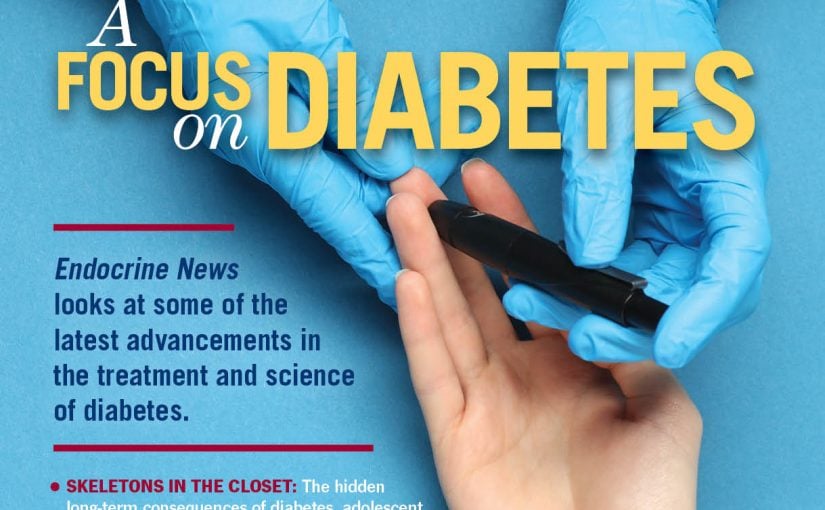Eating daily calories within a consistent window of 8-10 hours is a powerful strategy to prevent and manage chronic diseases such as diabetes and heart disease, according to a new manuscript published in the Endocrine Society’s journal, Endocrine Reviews.
Time-restricted eating is a type of intermittent fasting that limits your food intake to a certain number of hours each day. Intermittent fasting is one of the most popular diet trends, and people are using it to lose weight, improve their health and simplify their lifestyles.
“People who are trying to lose weight and live a healthier lifestyle should pay more attention to when they eat as well as what they eat. Time-restricted eating is an easy-to-follow and effective dietary strategy that requires less mental math than counting calories,” says Satchidananda Panda, PhD, of the Salk Institute for Biological Studies in La Jolla, Calif. “Intermittent fasting can improve sleep and a person’s quality of life as well as reduce the risk of obesity, diabetes, and heart disease.”
In the manuscript, the researchers explore the science behind time-restricted eating, recent clinical studies, and the scope for future research to better understand its health benefits. Recent research has revealed that genes, hormones, and metabolism rise and fall at different times of the 24-hour day. Aligning our daily habit of when we eat with the body’s internal clock can optimize health and reduce the risk or disease burden of chronic conditions like diabetes, heart disease and liver disease.
“Eating at random times breaks the synchrony of our internal program and make us prone to diseases,” Panda says. “Intermittent fasting is a lifestyle that anyone can adopt. It can help eliminate health disparities and lets everyone live a healthy and fulfilling life.”
Other authors of the study include: Emily Manoogian of the Salk Institute for Biological Studies; Lisa Chow of the University of Minnesota in Minneapolis, Minn.; Pam Taub of the University of California, San Diego, in La Jolla, Calif.; and Blandine Laferrère of the Columbia University Irving Medical Center in New York, N.Y.
The study received funding from the National Institute of Diabetes and Digestive and Kidney Diseases (NIDDK), the National Institute on Aging, the National Cancer Institute, the Larry l. Hillblom Foundation, the Wu Tsai Human Performance Alliance, the U.S. Department of Defense and the Federal Emergency Management Agency.
The manuscript, “Time-Restricted Eating for the Prevention and Management of Metabolic Diseases,” was published online, ahead of print.

